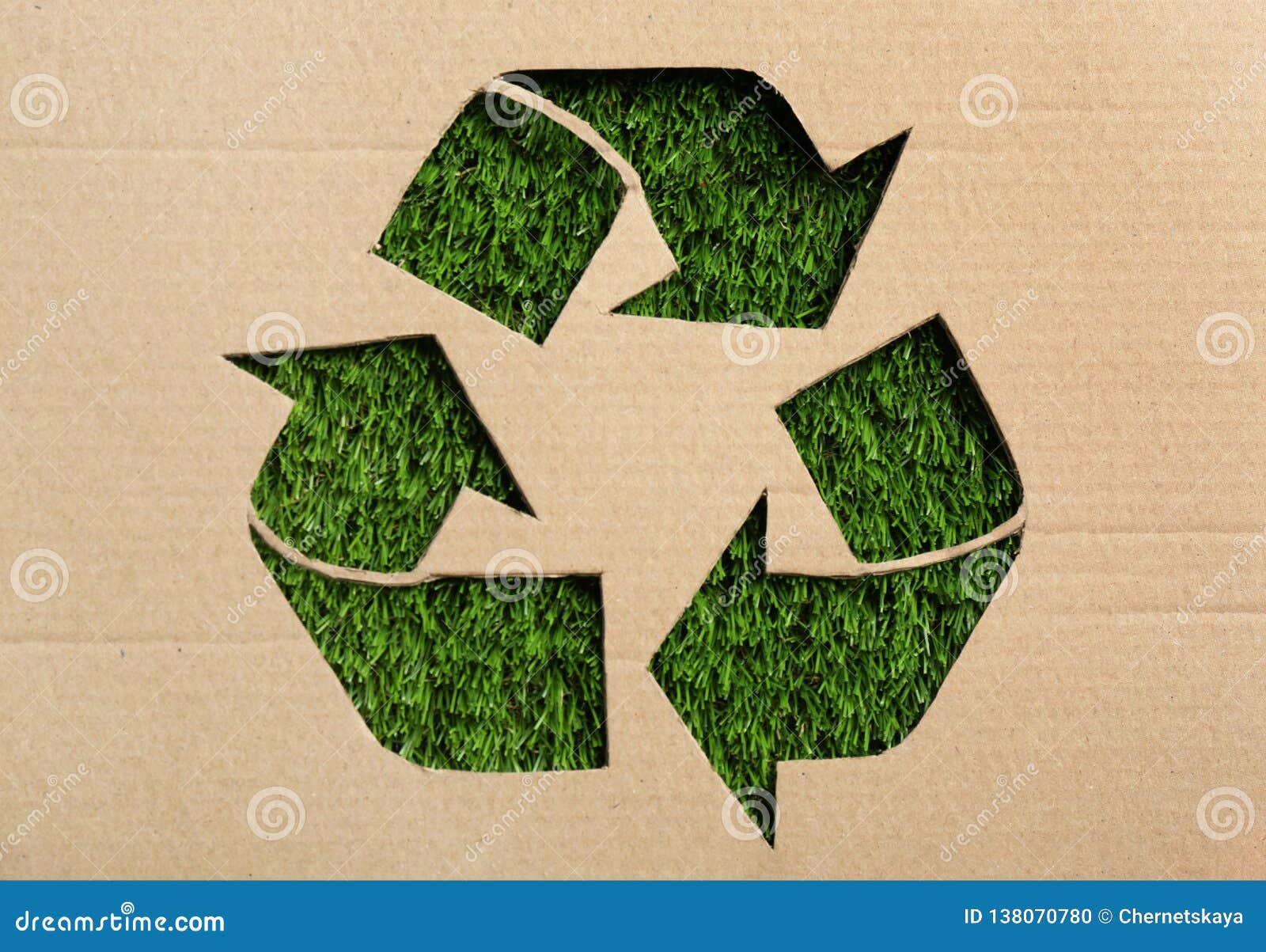
#RECYCLE SYMBOL HOW TO#
In this other post, we talk more about How to recycle glass. Here you can see some of the symbols of glass recycling, although sometimes you can simply see the recycling symbol of two or three arrows. If you did not know, the glass that is collected from the green containers is crushed to obtain its mineral of origin, silica, and from this, the new containers are made. Glass and crystal are not the same things: if we throw glass into the glass container, in the recycling process the composition of the new containers that are generated may be altered. Glass bottles also have their corresponding symbol with respect to the containers to be thrown in the glass container, we must be especially careful since sometimes glass containers are deposited. With the symbol of the Tidyman, a person throwing garbage in a garbage can or container, it is intended that people are also responsible and deposit their waste in the appropriate places, whether garbage cans or special containers. There is waste that we generate when we are away from home, and throwing it on the ground, in rivers, lakes, etc., is a lack of civility and great irresponsibility with the environment and, in the end, with ourselves. Waste should not only be managed by companies or management companies it is also the responsibility of citizens. In Spain, Ecoembes and Ecovidrio help producers manage paper, plastic, and glass waste. This symbol is marked by the European Packaging and Packaging Waste Directive, which makes companies responsible for the recycling of their products. It consists of two rounded arrows that join together to form a circle. This is perhaps the recycling symbol we see most often on the packaging. The recycled product is returned to the market.The recycling activity is carried out in recycling plants.The design used to date to indicate recycling shows three arrows, each of which refers to an activity in the recycling process: The first recycling symbol was created in 1970 as a result of a design competition. When recycled, it can be used for light signals, battery cables, brooms, buckets, etc. Its high melting point allows containers capable of holding liquids and hot food. After recycling, it can be used again in containers, envelopes, pipes, or tiles. This strong, flexible, and transparent plastic can be found in some bottles, bags, furniture, or carpets. It can release various toxins, so it should not be burned or allowed to touch foodstuffs. Although it is not commonly recycled, in such cases, it is used in panels, floorboards, road gutters, etc. It is also very resistant, which is why it is widely used in window cleaners, oils, construction materials, etc. 3 V or PVC (Vinyl or Polyvinyl Chloride). It is recycled in many different ways, such as tubes, detergents, and cleaner bottles, etc. Thanks to its versatility and chemical resistance, it is mainly used in milk or juice containers, household cleaning products, or industrial chemicals. Once recycled, it can be used in furniture, carpets, textile fibers, or automotive parts.

This is the typical plastic used in food and beverage containers.

3 V or PVC (Vinyl or Polyvinyl Chloride).1 PET or PETE (Polyethylene terephthalate).


 0 kommentar(er)
0 kommentar(er)
